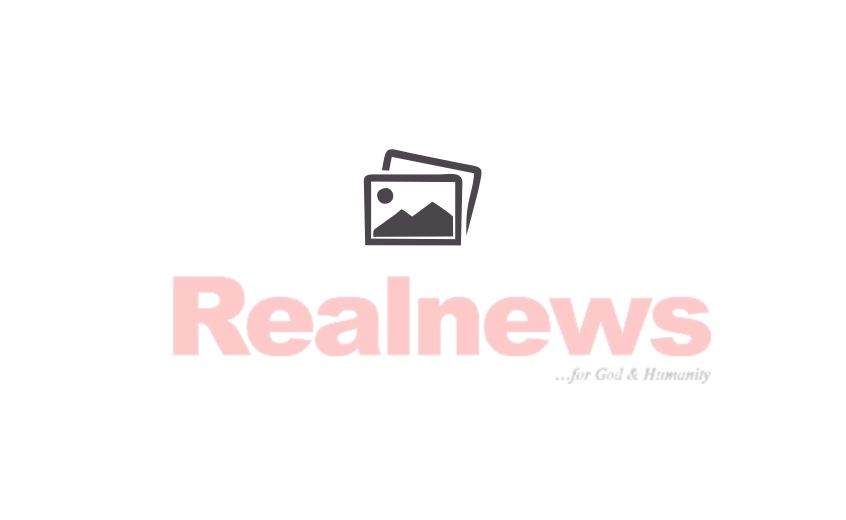
DPR Gives Oil, Gas Operators Deadline to Submit Project Costs
Energy Briefs
–
THE Department of Petroleum Resources, DPR, has given a four-week deadline to oil and gas operators to furnish it with the cost components of projects currently under execution in the country. This follows DPR’s establishment of a mechanism to monitor and benchmark Nigerian oil and gas industry costs of projects and operations across the terrains and business arrangements.
This comes as Nigeria’s daily crude oil production is down to 2.1 million barrels with the DPR initiating a National Production Monitoring System, NPMS, to monitor the country’s actual production volumes. The development may not be unconnected with growing global fears on costs escalation in project execution, with Nigeria cited as having one of the highest project costs in the world, which analysts blamed on improper oversight by regulators to monitor and evaluate costs.
To ensure compliance, the DPR, on Wednesday, November 25, held a one-day strategic stakeholders interactive session on value monitoring and benchmarking of oil and gas projects and operations in Nigeria, to intimate them on the importance of complying with the new directive.
Modecai Ladan, director, DPR, told stakeholders that the regulator had already circulated costs data gathering templates to all operating companies in the industry after discussing with key stakeholders (FIRS and NAPIMS) on the subject. He said the costs data gathering is meant to close some gaps necessary to make the industry more transparent, efficient and accountable consistent with the agenda of the present administration.
Ladan explained that the move became necessary because of the apparent lacuna witnessed in costs monitoring by the National Petroleum Investments Management Services, NAPIMS. NAPIMS, a subsidiary of the Nigerian National Petroleum Corporation, NNPC, that monitors project costs among joint venture, JV, production sharing contract, PSC, and service contract, SC, leaving out the sole risks and marginal fields operations.
“Being a government agency, we appreciate all they (NAPIMS) are doing; it’s just for us to leverage on them and from their experience begin to apply that for the sole risks and marginal fields on one hand, and also have an overview of what the costs are for the JV and PSCs. Therefore, when an investor asks, we can readily tell him the cost of a particular project in a particular area and why. This will help them to plan and determine what strategy to adopt to invest in a particular area.”
— Dec 7, 2015 @ 01:00 GMT
|
Related Posts

Renewable energy: SON launches standards for solar components
THE Standards Organisation of Nigeria (SON) on Tuesday launched a range of new standards for solar system components…
Read More
Becoming deliberate in the quest for renewable energy – Tony Attah.
AS many countries of the world keep moving from one source of energy to a more reliable and environmentally friendly...
Read More
Tigo Energy announces crossing the Threshold of 75 GWh of Cumulative Reclaimed Energy
TiIGO Energy, Inc., the solar industry worldwide leader in Flex MLPE (Module Level Power Electronics), announced today that the…
Read MoreMost Read
Subscribe to Our Newsletter
Keep abreast of news and other developments from our website.






